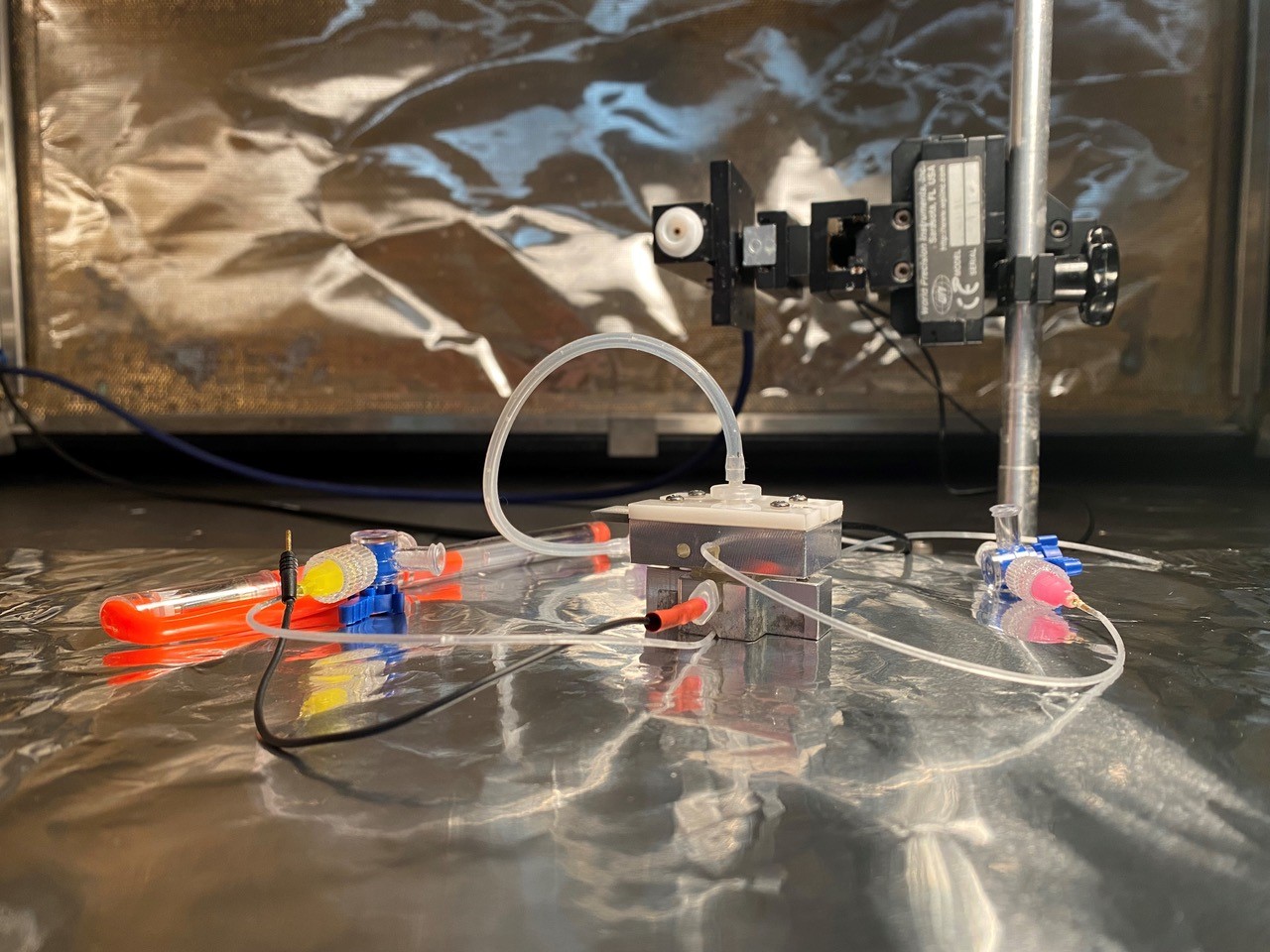Membranes of vertically aligned carbon nanotubes (VaCNT) can be used to clean or desalinate water at high flow rate and low pressure. Recently, researchers of Karlsruhe Institute of Technology (KIT) and partners carried out steroid hormone adsorption experiments to study the interplay of forces in the small pores. They found that VaCNT of specific pore geometry and pore surface structure are suited for use as highly selective membranes. The researchers report in Nature Communications. (DOI: 10.1038/s41467-024-44883-2)
Tag: Nanopore

Nanopore-Based Sensing Device Explores Neurodegenerative Diseases
In Journal of Applied Physics, researchers present a special silicon nitride nanopore-based sensing device that is designed to provide volume information about tau and tubulin protein molecules and their aggregation states. To create the sensor, the team explored how the proteins change the current and voltage flowing through a nanopore system.
University of Washington and Microsoft researchers develop ‘nanopore-tal’ that enables cells to talk to computers
University of Washington and Microsoft researchers have introduced a new class of reporter proteins that can be directly read by a commercially available nanopore sensing device.

Tumor DNA in Spinal Fluid Could Help Doctors Better Monitor Childhood Brain Cancer
Researchers have demonstrated that a new liquid biopsy approach overcomes traditional barriers to quickly and efficiently diagnose and monitor high-grade pediatric gliomas.

CRISPR Gene Cuts May Offer New Way to Chart Human Genome
In search of new ways to sequence human genomes and read critical alterations in DNA, researchers at Johns Hopkins Medicine say they have successfully used the gene cutting tool CRISPR to make cuts in DNA around lengthy tumor genes, which can be used to collect sequence information.